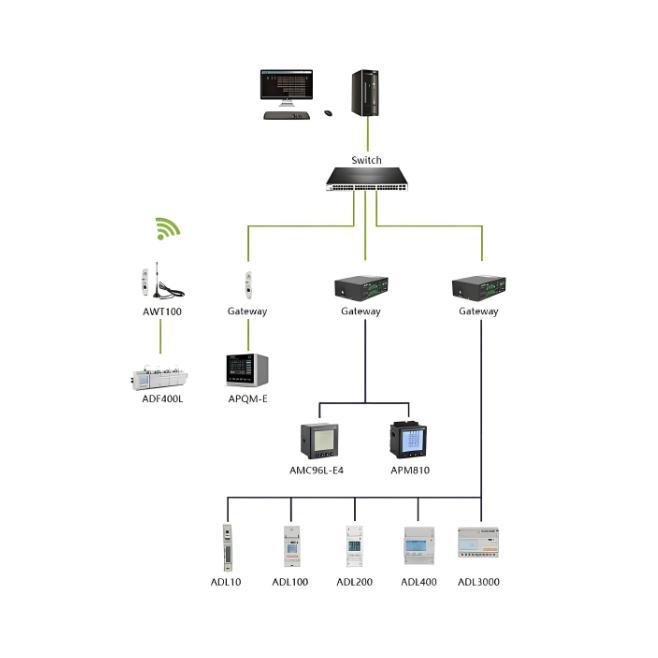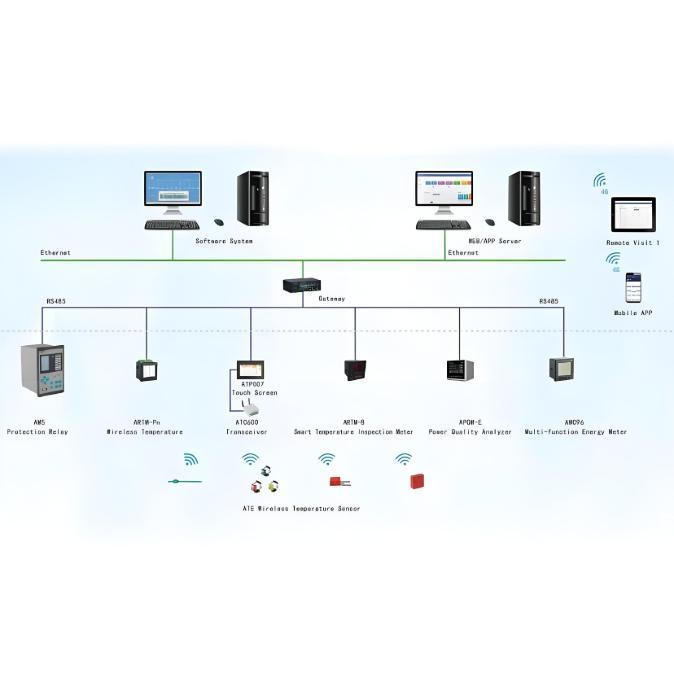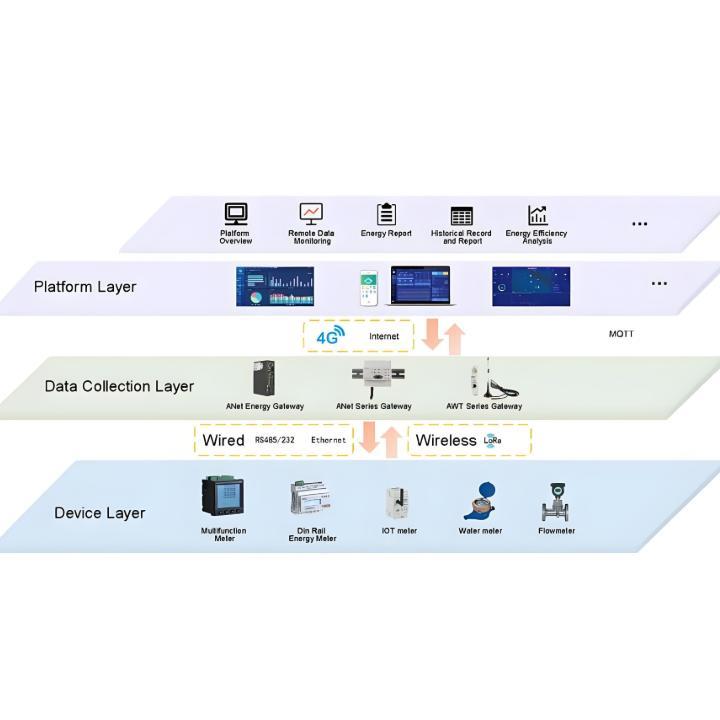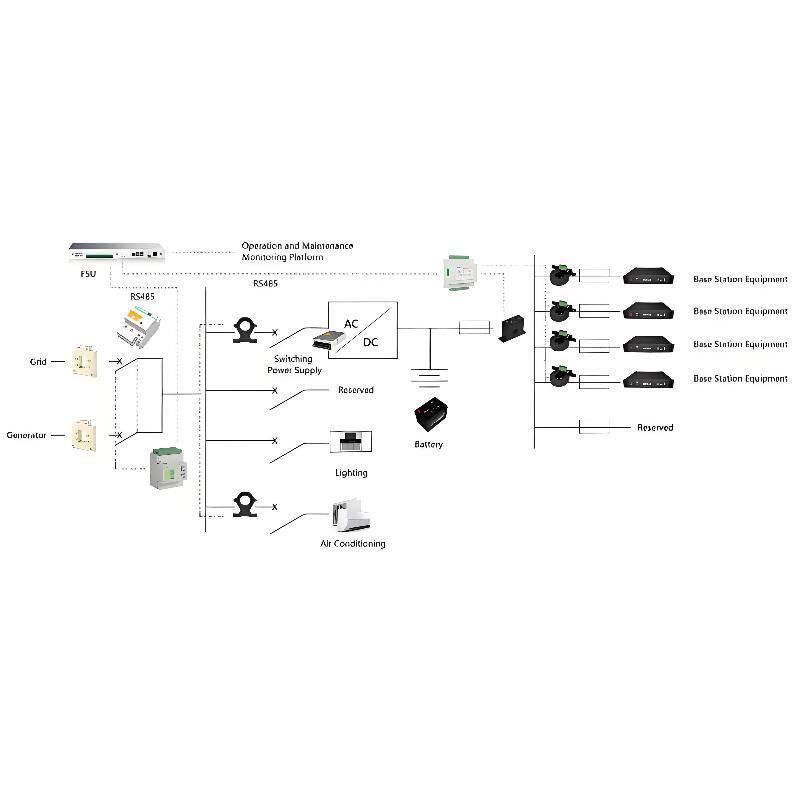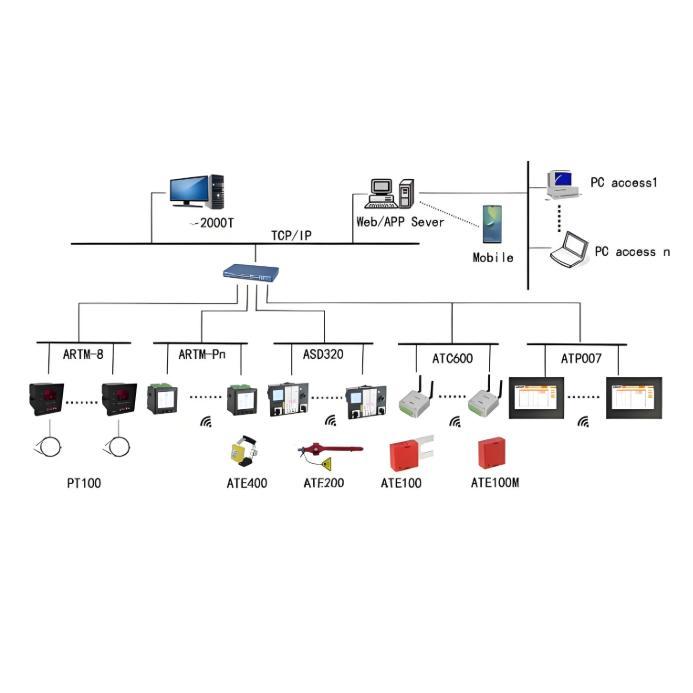Ubiquitous Energy Management System Solution for Smart Cities and Integrated Parks
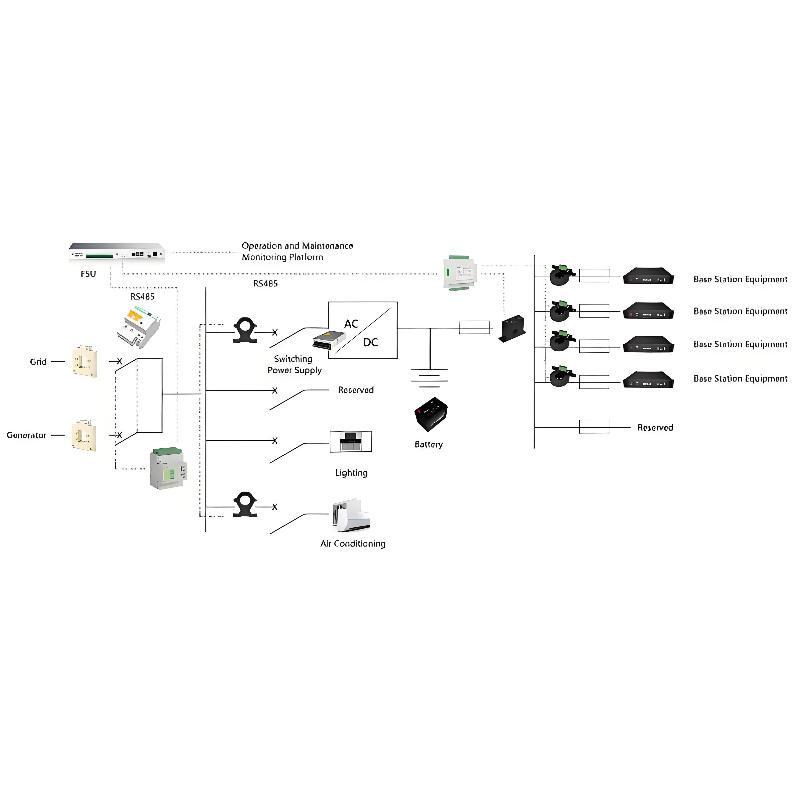
1.Overview and Core Positioning
The core positioning of this system is: a comprehensive platform for the collaborative management and optimization of multiple energy flows, including water, electricity, gas, and heat. It goes beyond traditional power monitoring by breaking down energy data silos. Through integration, analysis, optimization, and prediction, it serves as an "energy brain" that provides panoramic visibility, intelligent decision-making, and deep value for various energy consumers such as parks and cities. Ultimately, it aims to achieve safe, economical, efficient, and green comprehensive energy utilization.
2. Core Technical Architecture
To ensure openness, scalability, and future-readiness, the system adopts the following advanced technical architecture:
- IoT Middle Platform Architecture: A cloud-native IoT middle platform serves as the foundation, offering robust device management, protocol adaptation, and data governance capabilities. It supports various industrial standards and IoT protocols such as Modbus, OPC UA, DLMS, BACnet, and MQTT, enabling seamless integration with a wide range of terminal devices—from smart meters (electricity, water, gas, heat) to PV inverters, energy storage converters (PCS), and HVAC systems—to achieve unified collection and aggregation of massive heterogeneous energy data.
- Digital Twin Engine: A high-fidelity digital twin model of the energy system is built using real-time and historical data. This model serves as a virtual mirror of physical entities (e.g., distribution networks, PV arrays, energy storage systems, water supply pipelines), reflecting the operational status of the entire energy system in real time. It provides a high-precision digital sandbox for simulation, fault prediction, optimized scheduling, and predictive maintenance.
- Big Data and AI Analytics Platform: Integrated big data processing and AI algorithms enable deep mining and intelligent analysis of multi-energy flow data, supporting advanced applications such as load forecasting, energy efficiency analysis, fault diagnosis, and optimization strategy generation.
3. Core Functions
3.1 Multi-Energy Complementary Optimization
- Forecasting Function: Built-in AI algorithms, combined with meteorological data, enable high-precision short-term and ultra-short-term forecasting of PV power generation output, as well as accurate predictions of regional cooling, heating, and electricity load demand.
- Optimized Scheduling: With objectives such as minimizing energy costs, reducing carbon emissions, or maximizing energy efficiency, the system automatically formulates optimal strategies for energy storage system charging/discharging, combined cooling, heat, and power (CCHP) unit operation, and ice storage system scheduling by considering PV forecast output, real-time electricity prices, and load demand. This ensures coordinated complementarity and efficient utilization of wind, solar, storage, and grid power.
3.2 Energy Topology Analysis
- Panoramic Visualization: Displays the complete energy flow path from the energy entrance to end-loads in the form of single-line diagrams and energy flow diagrams, visually presenting the real-time flow, volume, and status of electricity, water, gas, and heat.
- Loss Localization: Accurately identifies energy loss points and abnormal consumption during transmission, conversion, and distribution through model calculations and big data comparisons. It quantifies loss values, providing direct data support for energy-saving improvements and operational optimization.
3.3 Intelligent Billing and Control System
- Sub-Metering and Billing Generation: Automatically performs sub-metering of energy consumption by area, department, team, or device based on precise data collection. It generates energy cost allocation bills that meet financial requirements with one click, enabling refined energy cost management.
- Efficiency Subsidies and Carbon Accounting: Automatically generates energy audit reports and energy efficiency evaluation reports compliant with government requirements, as well as application materials for subsidies related to green buildings, energy conservation, and emission reduction projects. The system also automatically calculates carbon emission data, laying the groundwork for carbon trading and carbon asset management.
4. Typical Application Scenarios
4.1 Park-Level Integrated Energy Stations
Suitable for regional energy centers in industrial parks, commercial complexes, university campuses, airports, and train stations. It enables unified monitoring and collaborative optimization of onsite PV systems, energy storage, micro-gas turbines, charging piles, and HVAC cooling/heat sources, significantly reducing comprehensive energy costs while improving energy self-sufficiency and power supply reliability.
4.2 Smart City Energy Brain
As a city-level "energy operation center," it horizontally integrates energy data from municipal services, buildings, transportation, and other sectors to macroscopically monitor the city’s overall energy consumption and carbon emission trends. Through simulation and optimization of city-level multi-energy flow networks, it provides scientific decision-making support for governments in formulating energy policies, planning energy facilities, and dispatching emergency resources, contributing to the realization of smart cities and "Dual Carbon" goals.
